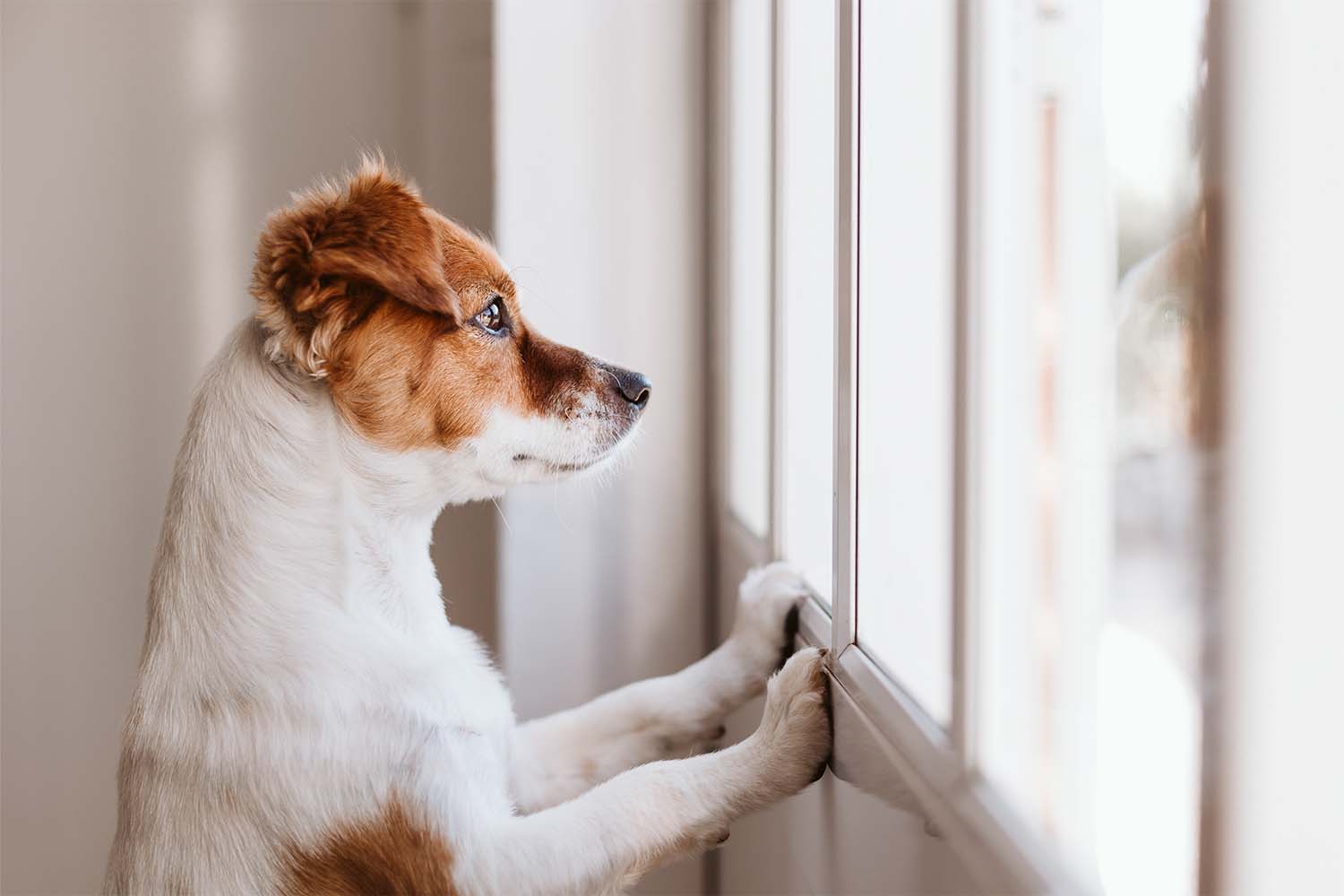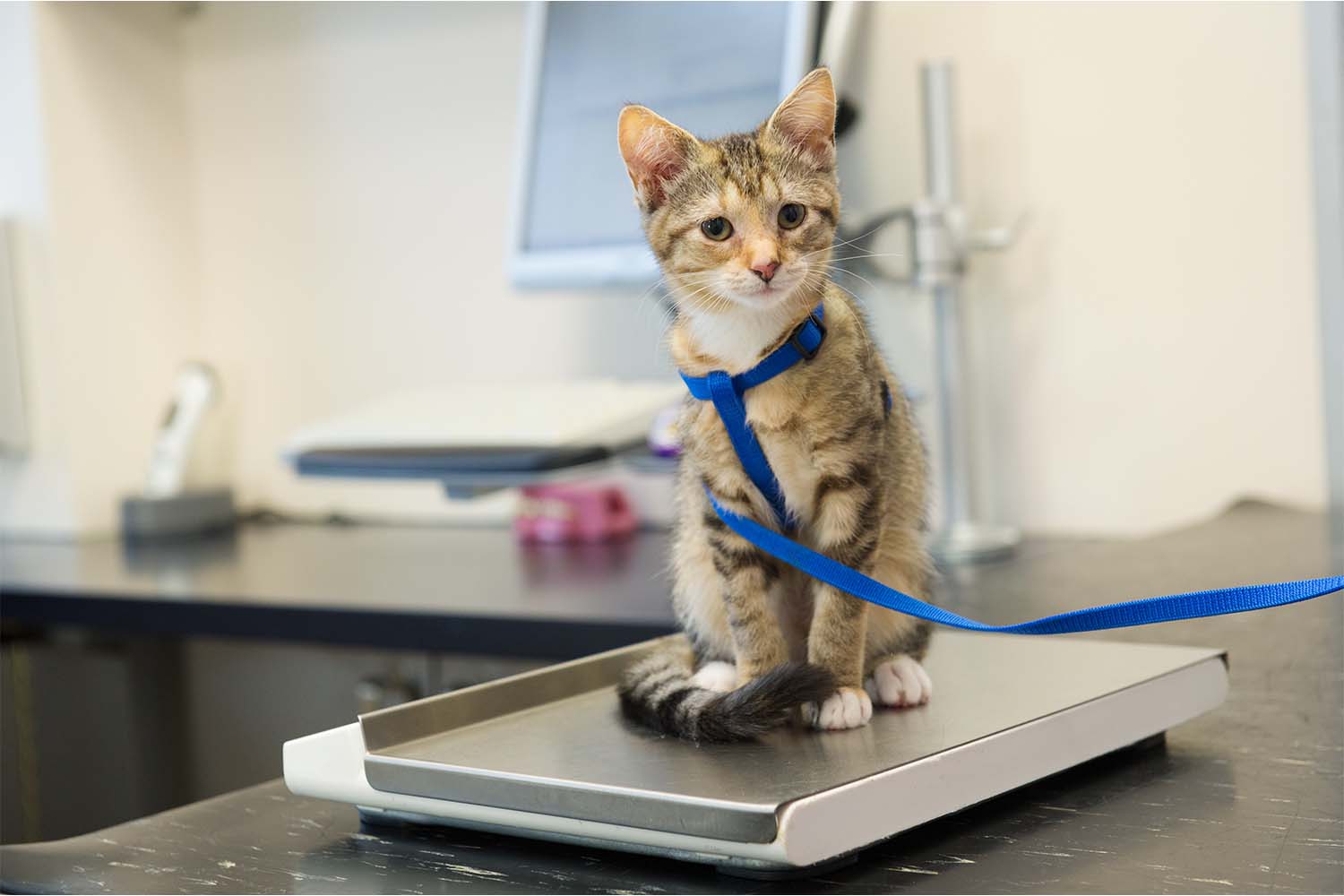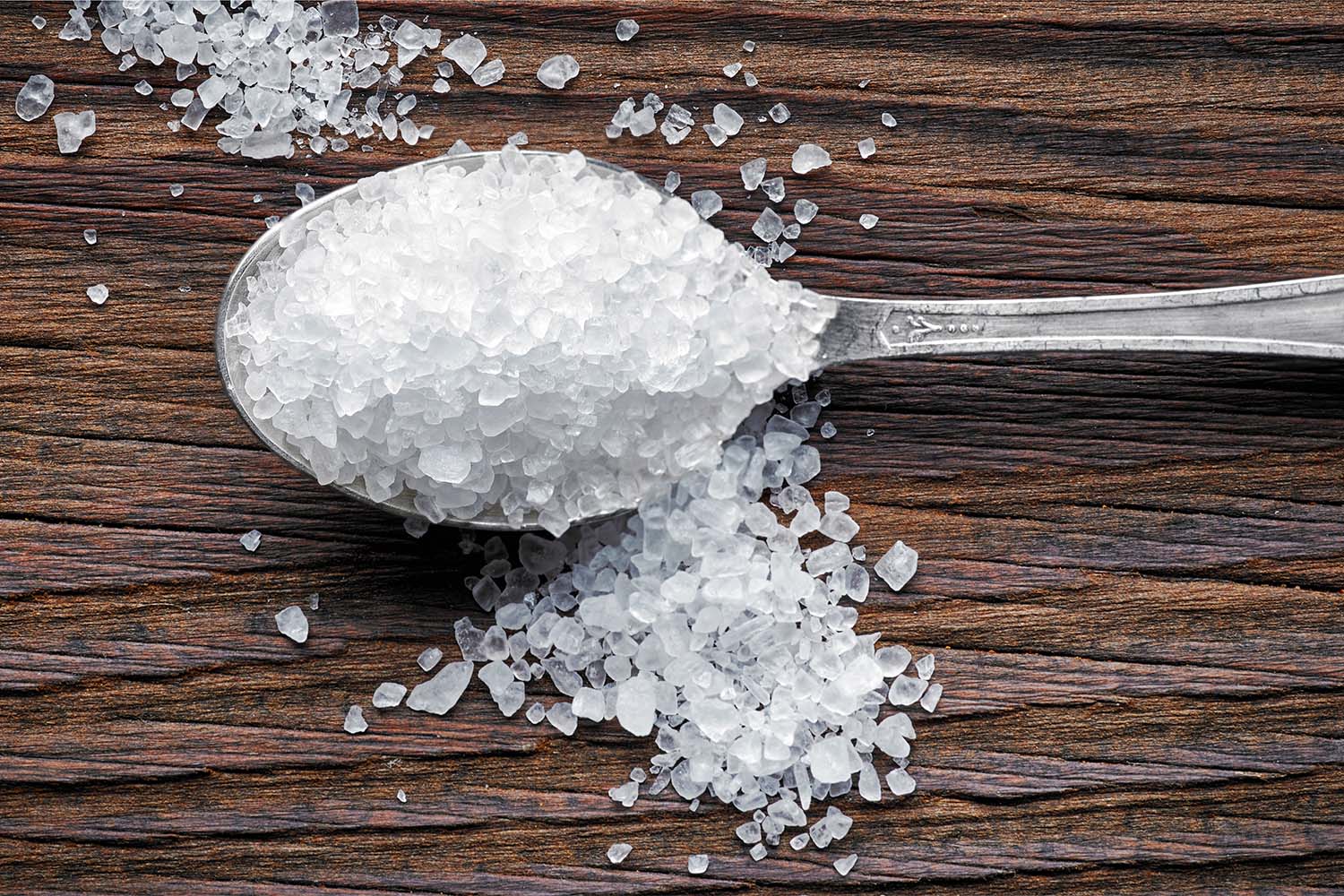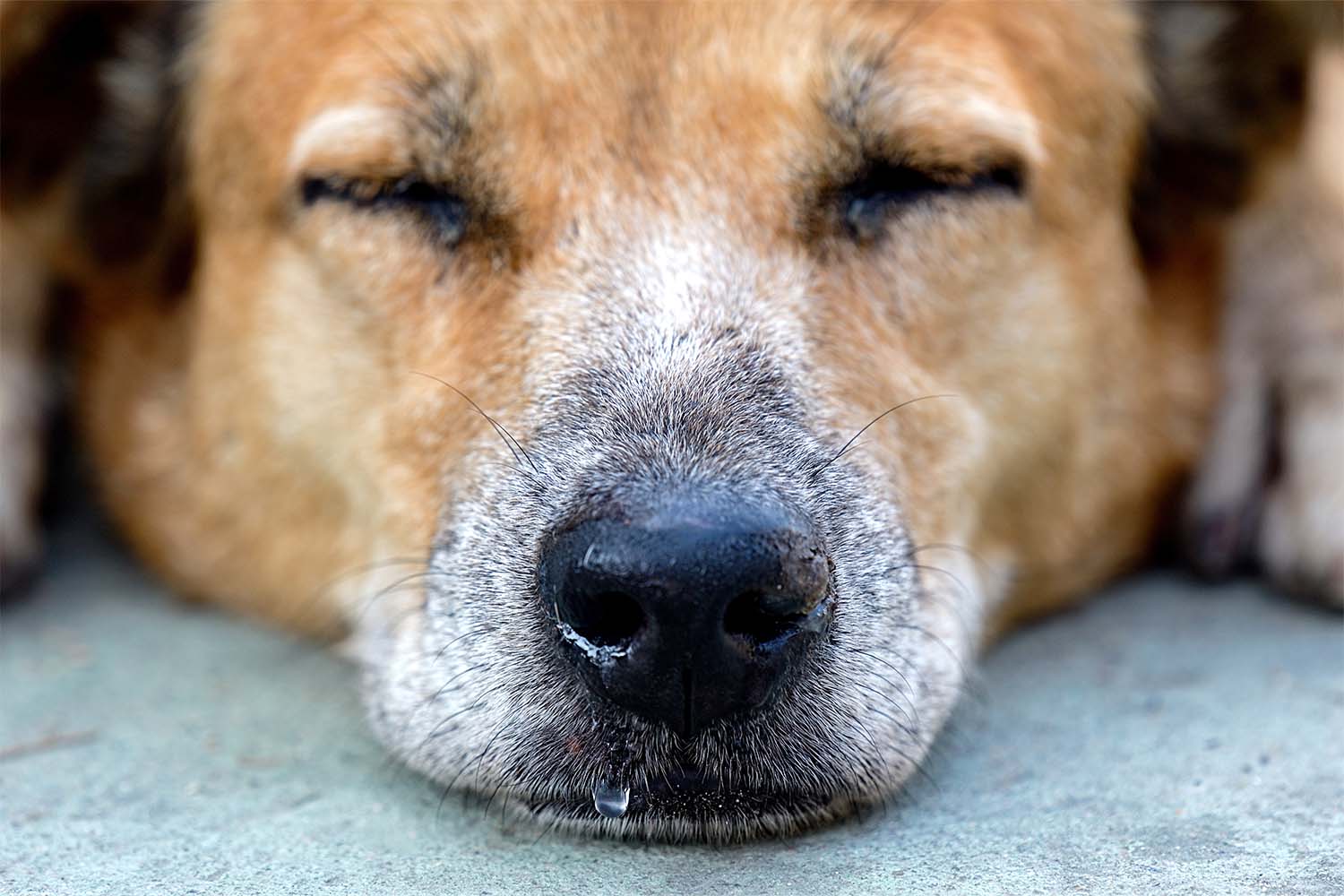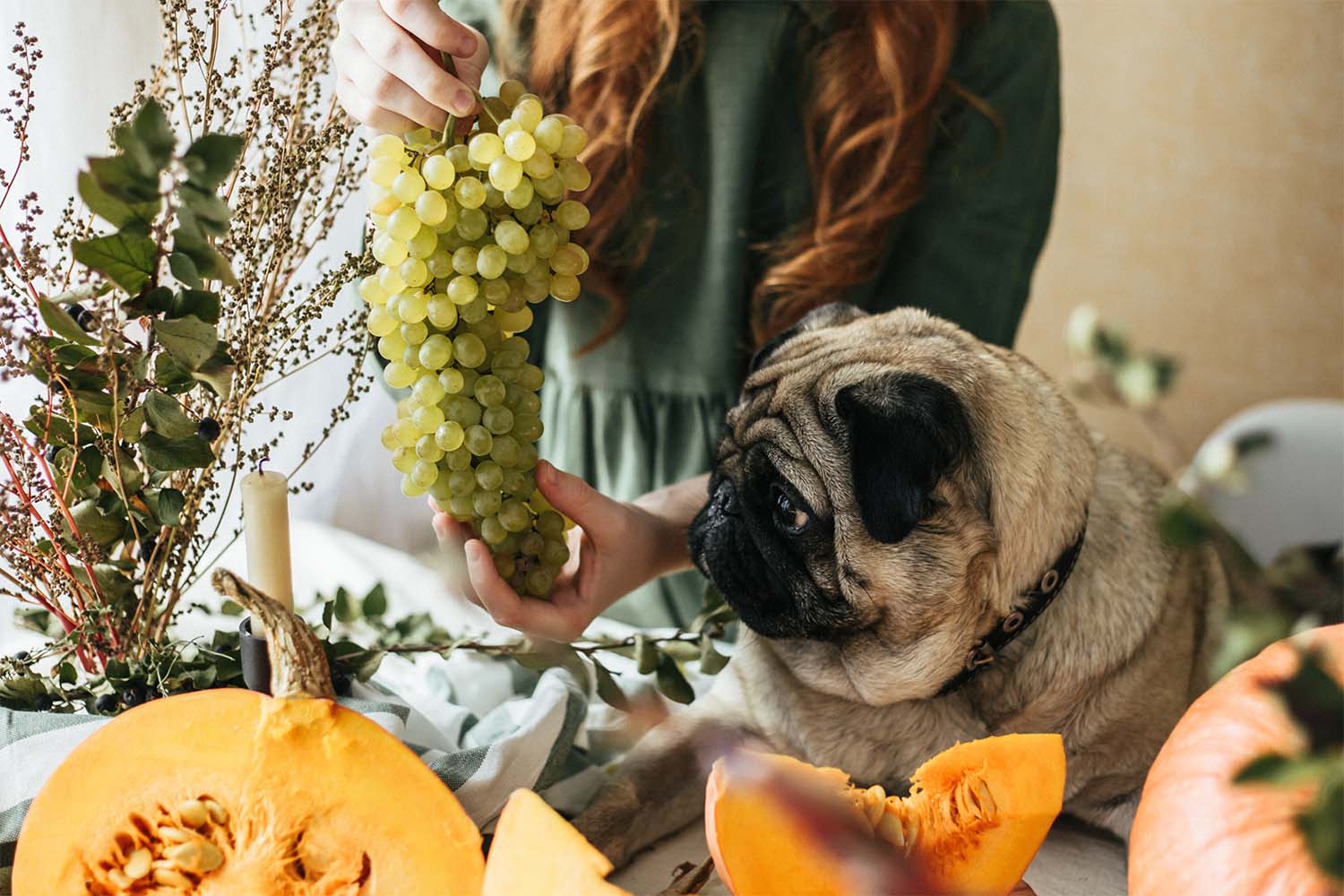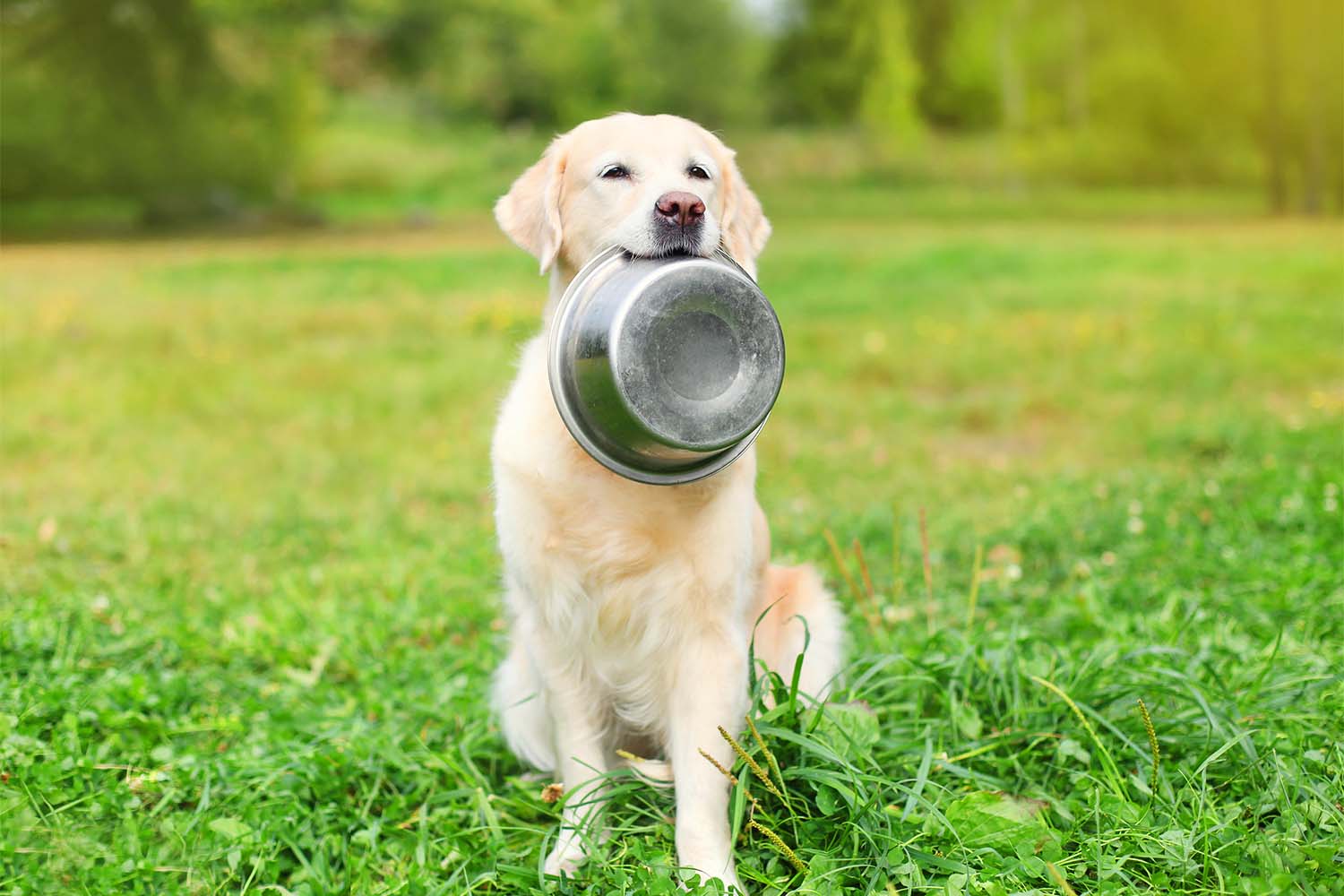Is your dog always hungry? Do they act like they haven’t had a meal in days when it was breakfast just a few hours ago? If you live with others, do you have to give each other a heads up when you feed your dog lunch because your dog is giving a master class in acting sorrowful?
If your furry buddy’s appetite resembles a trash compactor, it can be concerning when they are not eating at their usual fast pace. In fact, they may not want to eat at all, which will definitely raise some red flags.
There can be several reasons your dog’s appetite is waning. Let’s discuss those possible reasons and possible solutions to help your dog get their appetite back.
Reason 1. Possible Blockage
This can be a scary reason for your dog not eating. If your dog is a regular at getting into things they shouldn’t, the possibility of them ingesting something that has blocked their digestive system can be high. Your dog may have ingested clothing like undies, socks, toys, or trash. You may (or may not) be surprised at what your dog may have ingested.
If your dog has ingested a foreign object that has now formed a blockage in their digestive system, your dog will likely not have an appetite. This might not be your first guess unless you saw your dog ingest something they shouldn’t. You may also notice that something is amiss — like a dish towel you know you placed on the counter.
Your dog may also have some additional symptoms if they are experiencing a blockage due to a foreign object. Additional symptoms may include:
- Nausea/upset stomach
- Diarrhea or constipation
- Wincing or yelping when the abdomen is palpated
- Not wanting to drink
A Possible Solution
If you suspect that your dog has ingested a foreign object that is now blocking their system, it is important to take your dog to the veterinarian right away. This constitutes an emergency as a blockage can be detrimental to your pup’s health.
Blockages prevent food and water from reaching the rest of your dog’s digestive system to nourish and hydrate their body. If a blockage is severe enough, it may also affect the blood flow in your dog’s body. The earlier the treatment, the better.
Your veterinarian will likely do an X-ray or an ultrasound to see if they can spot the blockage and determine what it is. They may also use a tiny camera passed through your dog’s mouth and down their throat to see if they can spot the blockage. Then, your vet might be able to determine the next steps depending on the blockage’s progression through the digestive tract or what the blockage actually consists of.
After all the factors are considered, your veterinarian may be able to remove the blockage by performing an endoscopy. They could use a tool threaded through a tube going down your dog’s throat to grab the object and pull it through their mouth. If the object is in their intestines, your veterinarian may need to remove the object surgically.
After it’s removed, your dog will be monitored to ensure that they are recovering as expected. They will need to take things slowly, and your veterinarian may recommend a special diet as their digestive system recovers.
Reason 2. Dental Issues
If your typically ravenous eater isn’t eating, check their teeth. If you have ever had a toothache, you know firsthand that the pain is not fun. Since our dogs are good at pretending they are not in pain, this dental problem may have been going on for some time before they show discomfort.
If you notice that your dog is leaving kibble behind, try to catch them in the act of eating later on. If they favor one side of their mouth or take smaller mouthfuls, they may be trying to avoid a certain area in their mouth. If your dog doesn’t let you feel their muzzle, they could possibly have a toothache. Dental disease is a common reason why a seemingly healthy dog might turn into a picky eater.
If your dog will allow you to take a look at their pearly whites, check for any signs of redness or inflammation. Excessive drooling is another sign of a toothache, as well as constantly licking their lips.
A Possible Solution
Suspected dental pain is a definite vet visit. If your dog shows signs of a toothache, it might have progressed and calls for a tooth extraction. The last thing we would also want is for a dog’s tooth to be infected and abscess. This is a very painful thing for your dog to go through, and the resulting infection can also spread to the rest of your dog’s body.
When it comes to anything dental, proactive prevention is the best medicine. Creating and maintaining a consistent dental routine for your dog keeps their teeth looking fresh and prevents tartar from developing into plaque. It also keeps that bad dog breath at bay!
Outside of dental issues, a few other health problems could be possible causes.
These could possibly include:
- Kidney disease
- Liver disease
- Pancreatitis
Reason 3. Pickiness
As pet parents, we can all be guilty of feeding our dogs a little human food now and again. It takes a person of unimaginable strength to look into those big puppy eyes and turn away in refusal. As long as the piece is small and is safe for dogs, it is a nice treat to give every once in a while.
However, giving our dog too many table scraps can not only be harmful to our dog’s health and waistline but can create a “refined” palate in our dog. If your dog looks at their kibble in disgust and tries to get morsels from you, they may be trying to save room for your dinner. Instead of training your dog, it seems like they may have trained you.
People food is too rich for our dog’s digestive systems and can lead to weight concerns. It also encourages unwanted behavior in our dogs, like begging, as they are now encouraged to hang around and bet at mealtimes.
The same can be said for dog treats. It’s possible that your dog’s loss of appetite has more to do with their desire to eat treats than their vet-approved pet food.
Another long-term habit that can have untinted side effects is hand-feeding. Your pup might grow to like being waited on hand and paw too much and refuse to dine from their dog bowl.
A Possible Solution
A strong will is required to revert your pooch back to their dog food. It also takes patience and dedication to retrain them to want their kibble. Making your dog’s dry food more palatable is a great first step in changing the focus of their appetite from your plate back to theirs.
You can add beef or chicken broth to their kibble for extra flavor, as well as to soften up the kibble bits. Ensure the broth doesn’t contain any extra seasonings as they can be toxic to your dog. You can also mix in a little wet food or some vegetables. Sometimes even a little warm water can make the dish more enticing for a fussy eater.
Stay strong and don’t allow your dog to have any people-food, or extra treats, during this time.
If your dog’s eating habits don’t improve, it might be time to introduce a new food. It doesn’t even need to be canned food. After all, variety is the spice of life, and your furry family member might want to change the menu.
Reason 4. Stress
Have you ever realized that you haven’t eaten all day when you have had a busy or especially stressful day? It can be easy to forget to have a meal whenever your emotions are not at their norm.
If you notice your dog has not been touching their food, think about any big life events or changes in your dog’s routine. If there have been any big changes, your dog may be experiencing stress that is affecting their appetite.
A big stressor may be anxiety brought on by separation. This may be more common as we start to return to the office as the pandemic (knock on wood!) wanes down. While we were social distancing, our dogs loved that we were always home. Now that we are going back to work in-person, our dogs may miss us and feel worried when we are not by their side.
A big move or an addition to the family, either a new baby or new pet, may also make your dog feel a little extra anxious and not want to visit their food bowl as often. Rescue dogs or dogs in new homes might also feel less than hungry. If possible, try to keep them on the old food they ate before moving in with you to normalize their routine.
A Possible Solution
If you know that your dog is prone to separation anxiety, or if you are trying to prevent it from occurring, a little proactive planning will help your dog stay calm, collected, and still eating throughout the day.
If you have a pending back-to-office date, practice leaving the house for extended periods. Get your keys and depart in your car, only taking a short trip around the block and returning. Your dog will be comforted that you came back, and then you can start gradually leaving the house for longer stretches of time.
Once you leave for longer periods, you can give your dog a puzzle or treat toy to keep them occupied. Filling treats with healthy peanut butter or cheese spread will keep your furry buddy so busy they won’t even notice you’re gone!
Doggy cameras are great pieces of technology to have as well! You can peek in on your dog from time to time and even give them a little shout-out and treat. Providing your dog plenty of opportunities for physical activity can help ensure they are nice and worn out before you leave the house.
If you sense that your dog is still a little anxious, crate training can be effective. You are giving your dog their own space to rest and feel comforted. Try putting an article of worn clothing into your dog’s crate so they can smell your scent and feel comforted.
AskVet – A Solution You Can Count On
As pet parents, we may worry about our fur babies — they are family, after all. We may over-analyze every behavior thinking that something is going on with our favorite buddy.
While some concerns may not warrant a visit to the veterinarian, we still would like someone knowledgeable to speak with about our pet concerns.
If you’re looking for support, become a member of AskVet to discuss a nutrition plan or the underlying reason for your dog’s loss of appetite. Our CPLCs are available 24/7 to advise pet parents on all manners of care, wellness, nutrition, and lifestyle.
Our Certified Pet Lifestyle Coaches™ create Personalized Pet Plans and help you track their progress. From dogs to fish to cats to hamsters and all other non-human members of your family, AskVet is here to help your best friend live their best life every day.
Sources:
Intestinal Blockages In Dogs: Causes & Treatment | New Ulm Vet
Know the Signs of Tooth Discomfort in Your Pet | Reed Animal Hospital

